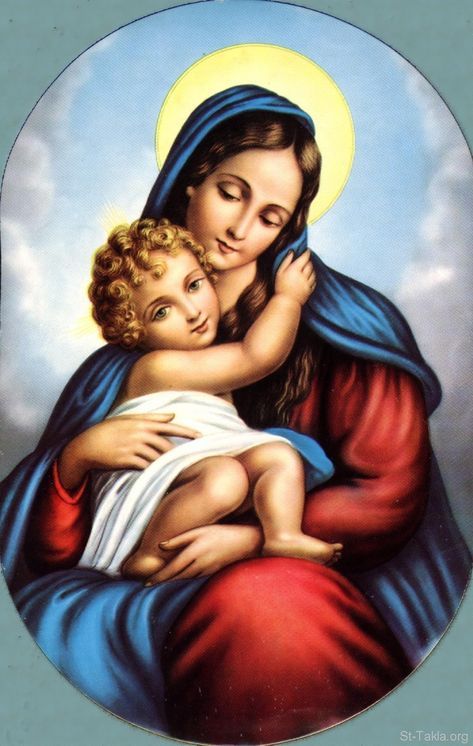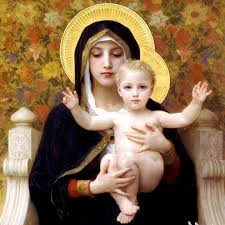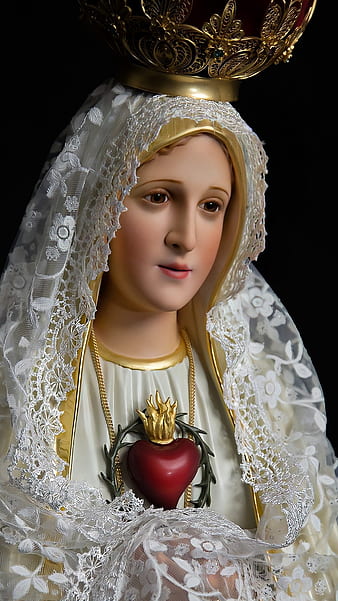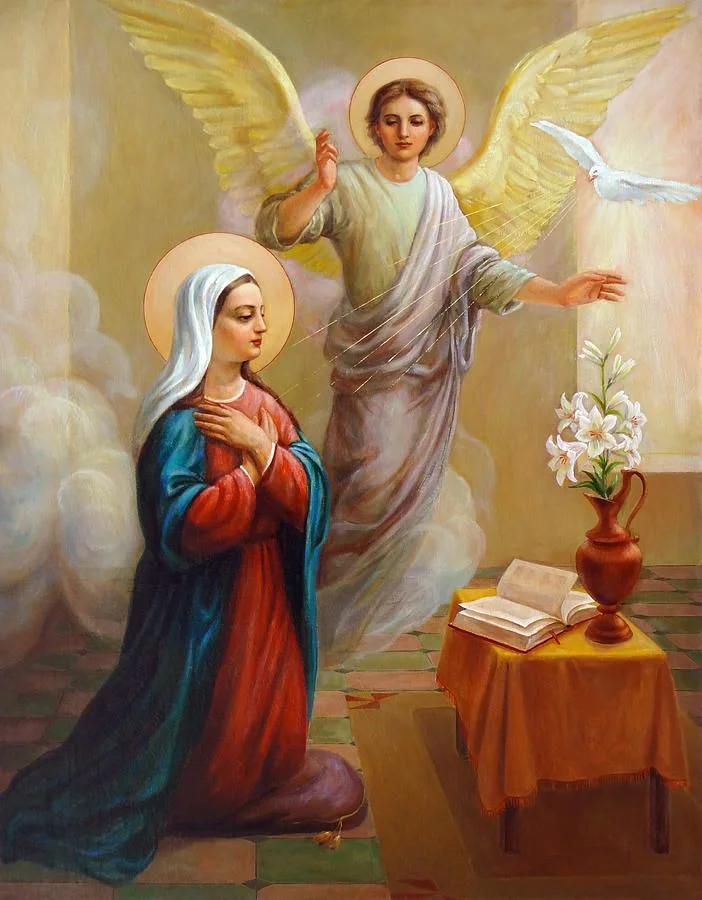The Theotokos: A Central Figure in Soteriology
This essay examines the pivotal role of the Virgin Mary, or Theotokos (God-bearer), within the framework of Christian soteriology—the study of salvation. Key concepts to be explored include the Immaculate Conception, the perpetual virginity, and Mary's role as intercessor and mediatrix. We will analyze her significance through specific biblical events and theological interpretations, demonstrating her influence on the unfolding of God's salvific plan. This analysis will draw upon established theological principles and models, aiming for a comprehensive understanding accessible to a general audience.
- The Immaculate Conception and the Incarnation: The doctrine of the Immaculate Conception posits that Mary was conceived without original sin, a unique privilege that prepared her to become the Mother of God (CCC 491-492). This pristine state, understood within the context of divine grace and prevenient election (Augustinian theology), made her a fitting vessel for the Incarnation—the moment when God's divine Son assumed human nature. This event, central to Christian belief, is the foundation of salvation, bridging the chasm between humanity and divinity. The theological model of Christology, emphasizing the hypostatic union of divine and human natures in Christ, is directly linked to Mary's role in this process.
- Mary as Theotokos and the Hypostatic Union: The title "Theotokos" (God-bearer), affirmed at the Council of Ephesus in 431 AD, encapsulates Mary's unique position. By giving birth to Jesus, the eternally divine Son of God, she became the Mother of God. This affirms the reality of the hypostatic union, the full and complete union of the divine and human natures in the person of Christ, without confusion or separation. Her role is not merely biological; it is profoundly theological, signifying the pivotal point where the divine initiative intersects with human history. This union is vital to understanding the efficacy of Christ's atoning sacrifice.
- Perpetual Virginity: The doctrine of Mary's perpetual virginity, while debated throughout Church history, affirms her complete dedication to God and underscores the miraculous nature of the Incarnation. This belief, rooted in biblical interpretations and tradition (CCC 499), emphasizes the extraordinary nature of God's plan and underscores Mary's complete consecration to the divine purpose. It reinforces the concept of Mary's holiness and emphasizes her distinct role within the divine plan of salvation.
- Mary's Intercession and Mediation: Throughout Scripture and tradition, Mary is depicted as an intercessor, praying for humanity's needs. While not a mediator in the sense of replacing Christ's unique mediatorial role, her intercession reflects the communion of saints and the power of prayer. Her role, viewed through the lens of ecclesiology (the study of the Church), positions her as a model of faith and a powerful advocate for believers, reflecting the communal aspect of salvation.
- Mary’s Active Participation in the Life of Christ: From the Annunciation (Luke 1:26-38) to the Crucifixion (John 19:25-27), Mary's presence is marked by unwavering faith, compassion, and obedience to God's will. Each event, from the Visitation (Luke 1:39-56) to the Flight into Egypt (Matthew 2:13-15) and the Finding in the Temple (Luke 2:41-52), highlights her active participation in Jesus' life and mission, demonstrating unwavering devotion and acceptance of suffering alongside her Son.
- Mary's Role in the Early Church and Marian Devotion: The veneration of Mary evolved organically within the early Church, reflecting her unique role in salvation history. Marian devotions, such as the Rosary, demonstrate the ongoing significance of Mary's life and intercession. These practices, understood within the context of sacramental theology, express the spiritual relationship between believers and the Mother of God, fostering a deeper connection with the mystery of faith.
- The Assumption and Coronation: The doctrines of the Assumption (CCC 966) and Coronation, while not explicitly stated in Scripture, are deeply rooted in Christian tradition and express the culmination of Mary's earthly journey and her ultimate glory in heaven. They represent the triumph of faith, hope, and love, offering a powerful symbol of the believer's future hope and the ultimate victory over death and sin.
Conclusions and Recommendations: This exploration reveals Mary's indispensable role within the grand narrative of Christian salvation. Her cooperation with God's grace, highlighted in the Immaculate Conception and her unwavering faith throughout Christ's life and ministry, make her a profound model for believers. The theological concepts examined—Christology, soteriology, ecclesiology, and sacramental theology—illuminate the depth and complexity of her role. Future research could delve further into comparing and contrasting Marian doctrines across different Christian denominations and exploring the socio-cultural impact of Marian devotion throughout history. Understanding Mary’s role is not just a matter of historical or theological interest; it provides a lens through which to understand the depth of God’s love and grace extended to humanity. The Marian model inspires believers to emulate her virtues of faith, humility, and obedience, furthering the work of evangelization and transformation in the world.
Reader Pool: How might a deeper understanding of the theological frameworks surrounding Mary's role impact contemporary discussions on the nature of grace, free will, and the efficacy of Christ's sacrifice?








No comments yet. Be the first to share your thoughts!